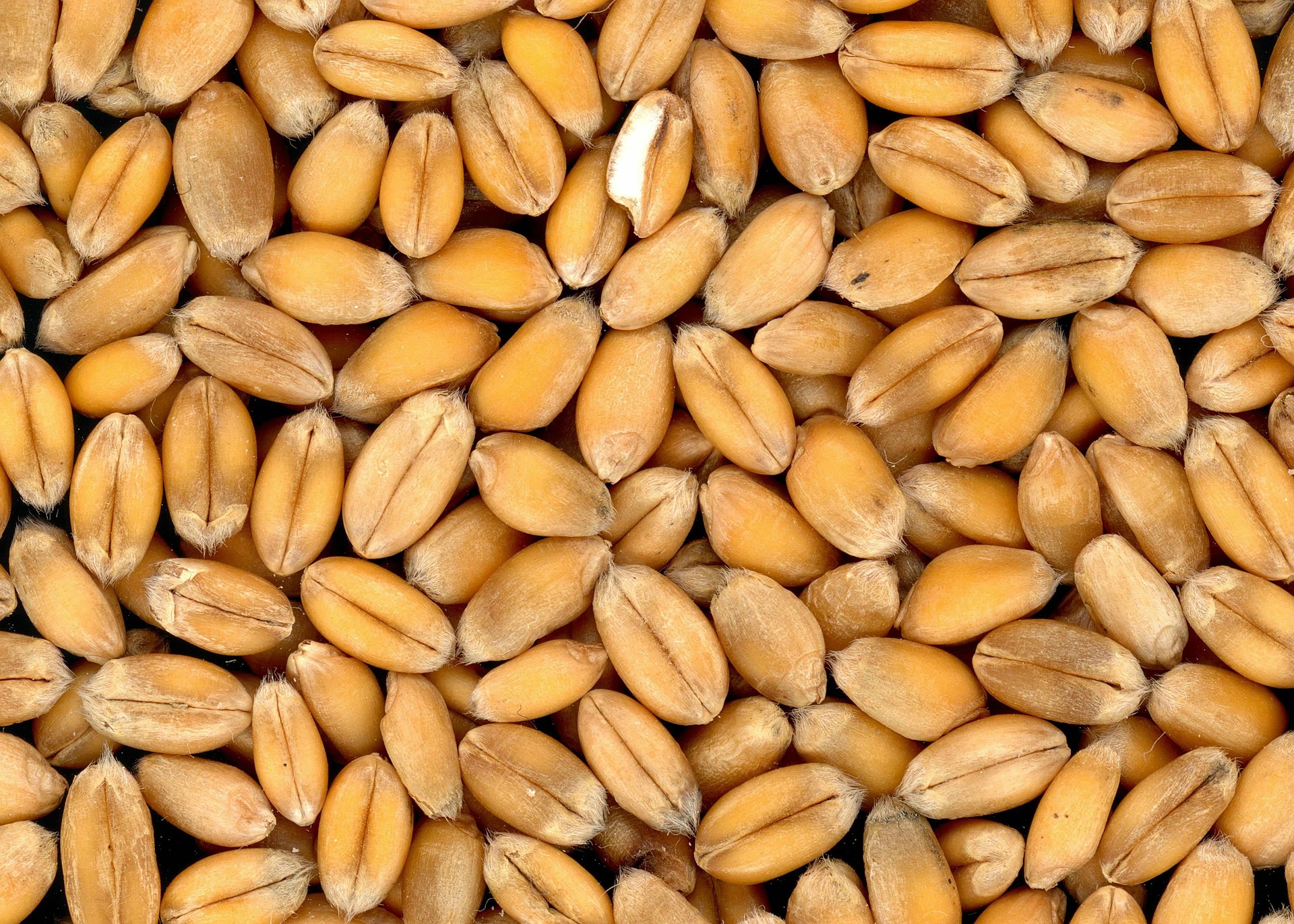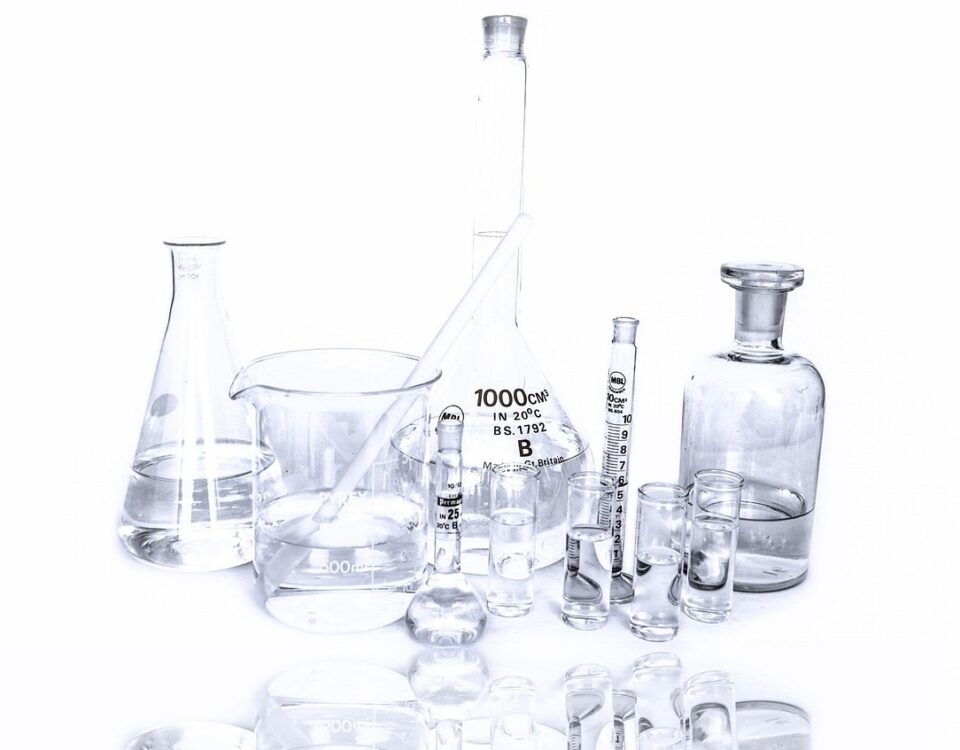
EUROPE : Publication of AIR 4 working document
26 August 2016
FRANCE: Decree for CEPP Certificates (plant protection product savings certificates)
9 September 2016During the EFSA peer review of pesticide active substances under Regulation (EC) No. 1107/2009, several aspects in the area of mammalian toxicology were identified by EFSA that needed discussion with experts from national Authorities in order to enhance the harmonisation of the risk assessment of active substances.
- Renewal assessment report (RAR)
The majority of experts agreed with EFSA proposal to re-open old studies: applicants should provide updated robust OECD summary reports and RMS should re-evaluate them. Changes to first approval conclusion should be clearly indicated in the RAR.
- Good Laboratory Practice (GLP) requirement status
The experts agreed that studies for active substances conducted before July 1993, although not fully compliant with GLP requirements or with current test methods, may be integrated into the assessment, when accepted by the competent authorities as scientifically valid, appropriate (e.g. mechanistic data) and acceptable (pending availability of raw data and well documented study report).
- Analytical methods
For the 3rd renewal programme following Regulation (EU) No. 283/2013, analytical methods for body fluids and tissues have always to be provided. Furthermore, according to Regulation (EU) No. 283/2013 the analytical methods to be used in toxicity studies shall be specific for the entity to be measured and shall be adequately validated, both for old and new studies.
The experts agreed that the assessment of the analytical methods and of their validation data should be included in the volume 3 of the RAR
For old studies, it was clarified that, in the section about physicochemical properties and analytical methods, it can be concluded that the method is not validated according to current guidance but is nevertheless fit-for-purpose and supports the toxicological studies. In the cases where the method is not considered fit-for-purpose, a case-by-case evaluation should be performed and the experts agreed that repeating a study would be an extreme case (generally not required).
- Toxicokinetic parameters and in vitro comparative metabolism study
The experts supported the EFSA proposal to ask for additional toxicokinetic parameters and in vitro metabolism data in the renewal dossier, according to the data requirement in Regulation (EU) No. 283/2013.
As a first step, the experts supported the need for guidance on in vitro metabolism, in order to satisfy the data requirement.EFSA could be mandated for that. As a second step, other toxicokinetic endpoints should be addressed in further guidance, in order to address inter-species and intra-species variability (e.g. in relationship with bioavailability, phase 2 metabolism, transporters, etc.).
- Phototoxicity/photomutagenicity
The UK Committee on Mutagenicity (2013) recommends that if there is a negative response from the phototoxicity test, no photomutagenicity test is required; in the case the test is positive, no specific guidance is provided. The experts agreed that the concern regarding positive results in the phototoxicity test should be raised to the risk managers in the conclusion of the peer review. In addition, the experts agreed that photomutagenicity testing is not required for the time being, unless further guidance is provided.
The experts proposed that the phototoxicity test should not be performed if it has been demonstrated that the test material only absorbs at wavelengths lower than 313 nm and there is insufficient absorption at longer wavelengths to trigger testing in the absence of further guidance.
- In vivo follow-up for in vitro gene mutation
The majority of experts overall agreed that the applicant can provide a Comet assay or a test with transgenic rodent gene mutation assay according to the EFSA Scientific opinion on genotoxicity testing strategies applicable to food and feed safety assessment (EFSA Scientific Committee, 2011). One expert maintained that the in vivo UDS assay may still be a valid and acceptable test under certain circumstances.
- Aneugenicity
The experts agreed with the EFSA proposal to investigate the nature of the positive response in the in vitro and in vivo micronucleus test and to require an in vitro micronucleus test if the test battery did not address properly aneugenicity.
- Tissue exposure
Exposure to the test tissue (such as cell toxicity or toxicokinetic data) should be demonstrated in the in vivo genotoxicity tests.
The discussion was mainly focussed on metabolites since for active substances toxicokinetic studies can be used to demonstrate exposure of the target tissue (e.g. bone marrow).
The experts did not reach a consensus. EFSA commented that the genotoxic potential of a metabolite should be clearly excluded, in particular when carcinogenicity and reproductive toxicity studies on the metabolite are not available. Information regarding validation of the method of analysis should be provided when toxicokinetic investigations (e.g. plasma concentrations of non-radiolabelled compound) are conducted.
- Assessment of the toxicological profile of metabolites
The relevance of groundwater metabolites needs to be assessed according to the EU guidance (European Commission, 2003) and will not be further discussed under this point.
For the assessment of the toxicological profile of metabolites found as residues (plant and livestock), no guidance document is currently implemented and a case-by-case approach is used.
The list of metabolites, candidates to be considered for a toxicological assessment, should be identified by the residue experts. The metabolic pathway of the parent and specific toxicity data for the metabolite, including genotoxicity, should guide how the decision is taken. The conclusion that the metabolite is of equal or lower toxicity than the parent would imply that reference values of the parent could apply to the metabolite for the consumer’s risk assessment. If the toxicological profile of the metabolite is qualitatively different from the parent or if the metabolite is quantitatively of higher toxicity than the parent, this would imply that specific reference values should be derived for the metabolite.
The guidance for the residue definition is under finalisation. It was noted that it will be difficult to match the guidance on residue definition with the guidance on groundwater metabolites, since different tools are used in each of them.
- Impurities
Compliance of the batches used in toxicity studies compared to the technical specification:
The experts agreed that a critical area of concern should be raised when no information is provided on the detailed composition of batches used in toxicity studies, and the toxicological relevance of the impurities in the technical specification cannot be clearly excluded.
Monitoring of product quality for manufacturing and trading:
Some experts considered that the toxicological relevance of impurities is covered when the batches used in toxicity studies are representative of the technical specification. EFSA pointed out that the relevance of impurities should be assessed with alternative tools to animal models (e.g. (Q)SAR).
- Endocrine disruptive properties
The majority of experts considered that interim criteria will be applied until final criteria are implemented.
A case-by-case basis approach is suggested for the time being. In case the data is very poor during the renewal process, a data gap may be identified in the EFSA Conclusion.
- Proposals for classification
The approval criteria in the Regulation (EC) No. 1107/2009 (Annex II) take into consideration classification for CMR. EFSA considers that a detailed comparison with CLP criteria (ECHA, 2015) at least for the CMR hazard classes should be done. The comparison with CLP criteria should be provided both in the case of classification and non-classification proposals. The experts agreed with the EFSA proposal. Some experts indicated that detailed assessment of classification should be limited to CMR properties.
For substances with harmonised classification and labelling as carcinogen category 1A or 1B and/or as toxic for reproduction category 1A or 1B the applicant should clearly indicate at the time of application if they apply for negligible exposure or/and essential use (article 4(7)) and evidence should be provided to demonstrate it. EFSA acknowledged that no final agreed guidance is currently available. A draft technical guidance is available for negligible exposure (European Commission, 2015). Protocols under development and close to finalisation will be available for essential use.
EFSA would recommend RMS to submit CLH report to ECHA before RAR is submitted, so RAC Opinion is available before EFSA Conclusion is finalised.
- Literature search
The experts discussed the issues of peer reviewed papers and GLP studies. The ToxRTool is considered a useful tool for an independent quality assessment, but further improvement would be welcome since ToxRTool lacks assessment of bias. BfR is intending to publish a similar tool taking into the limitations.
For the mammalian toxicology section, the literature would mainly indicate alerts that would need to be clarified by the applicant. Literature should be considered in a weight of evidence approach, on a case-by-case basis.
These recommendations will be applied during the EFSA peer review of the active substances, and are expected to provide additional clarifications to applicants and rapporteur Member States regarding the scientific interpretation of the relevant guidance documents when preparing the dossiers and the renewal assessment reports.
To download:
Lynxee consulting’s team is at your disposal to answer your questions.
Contact us! https://lynxee.consulting/en/contact/


